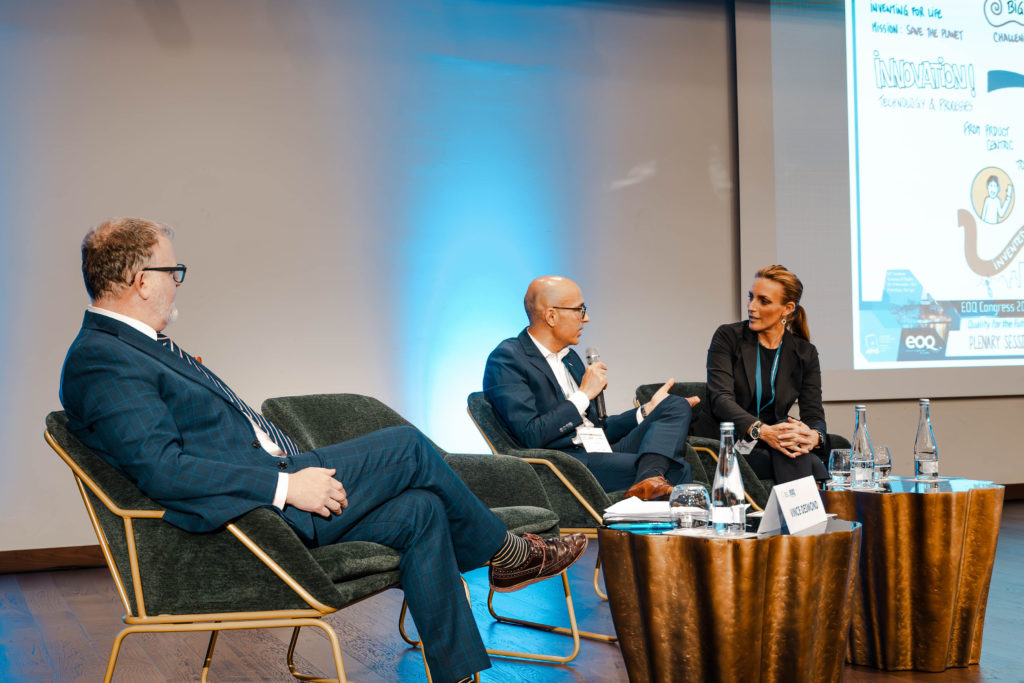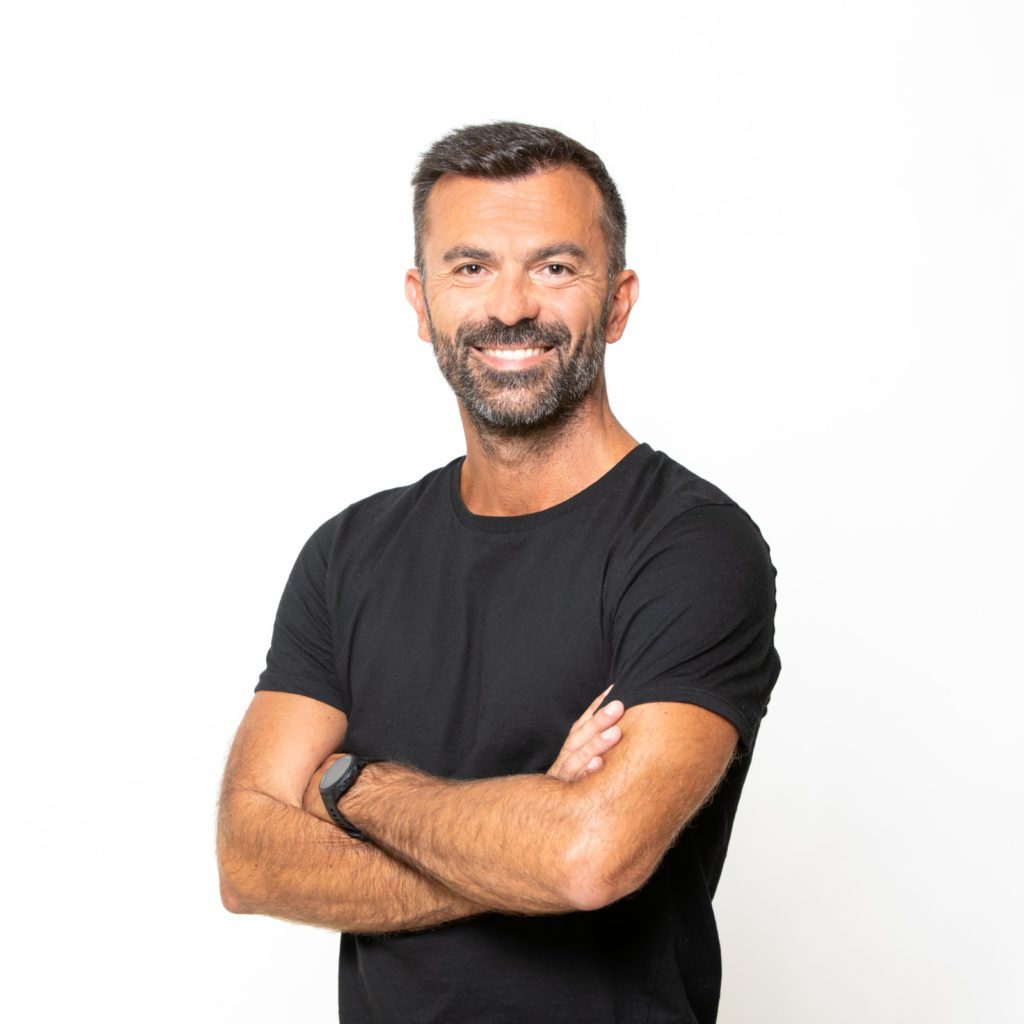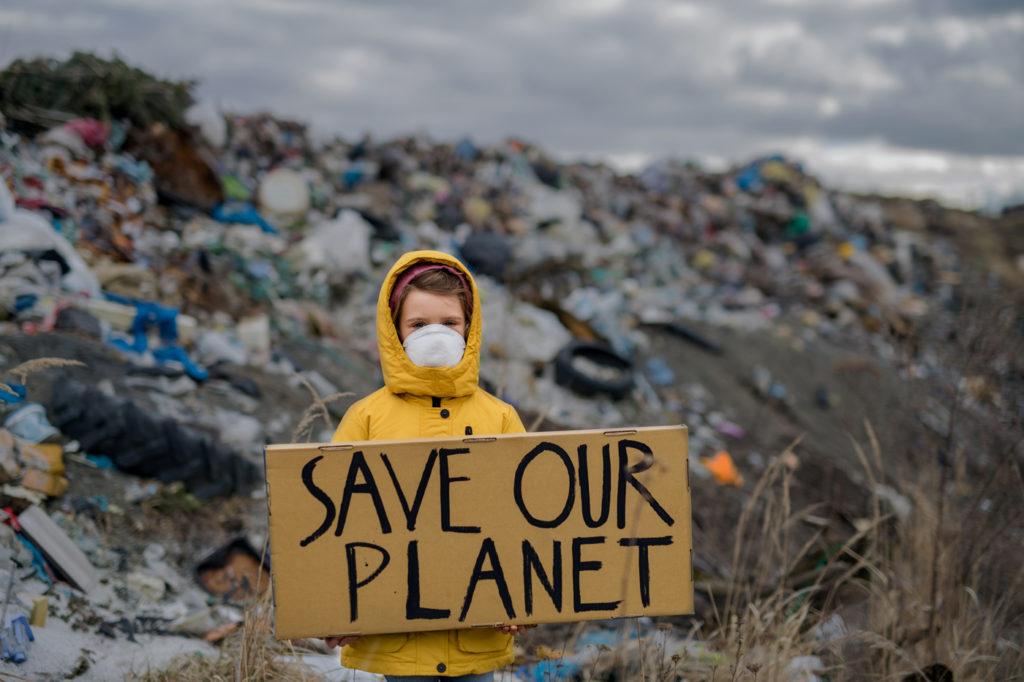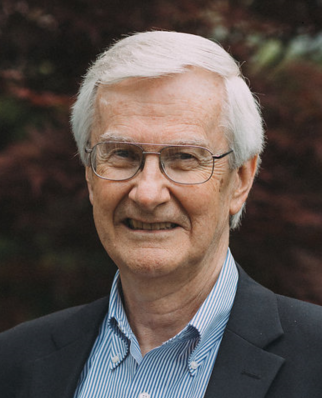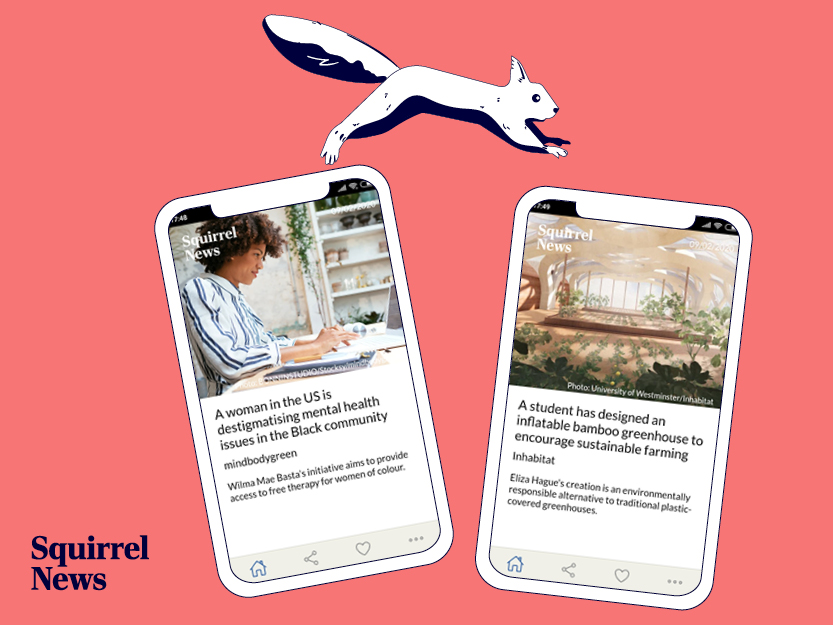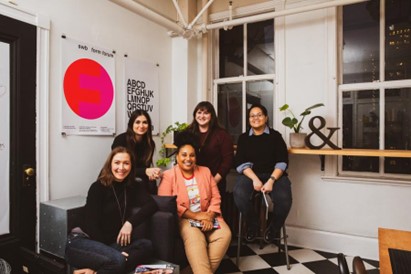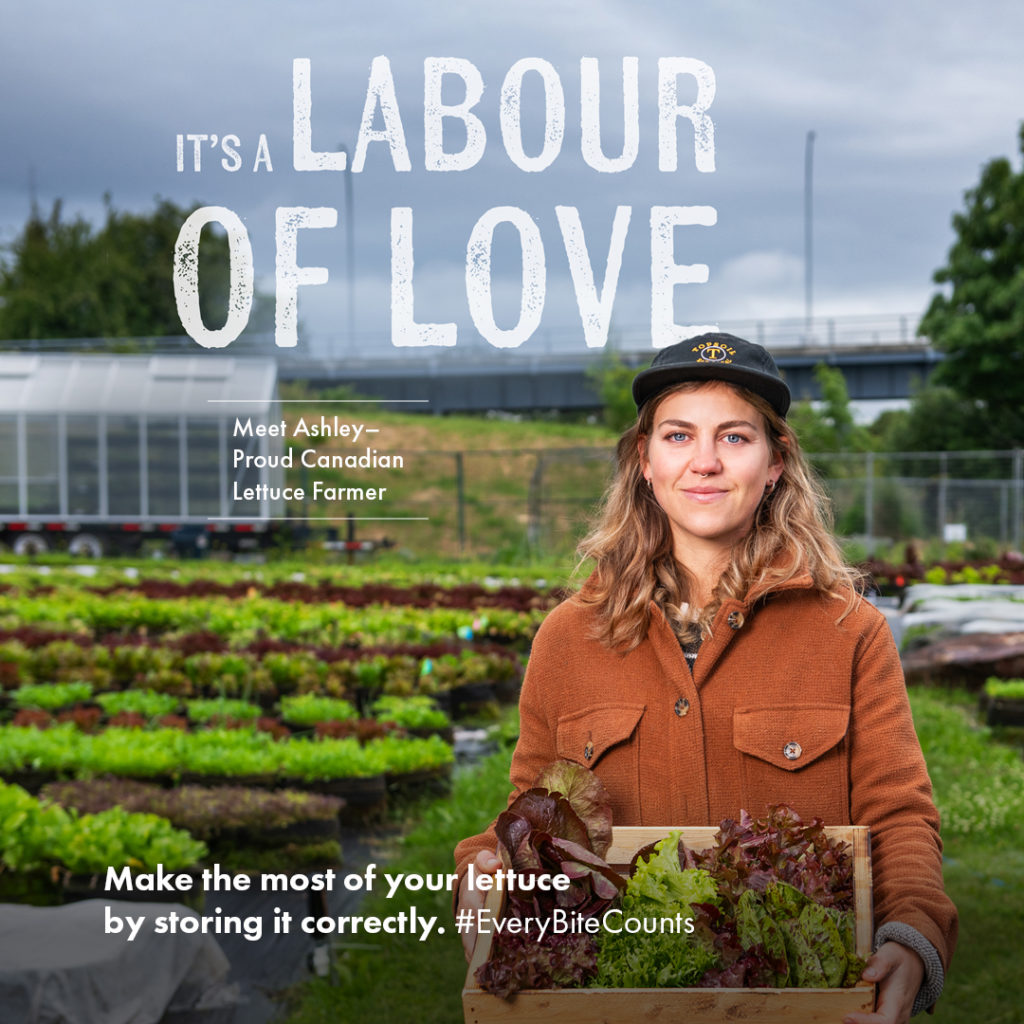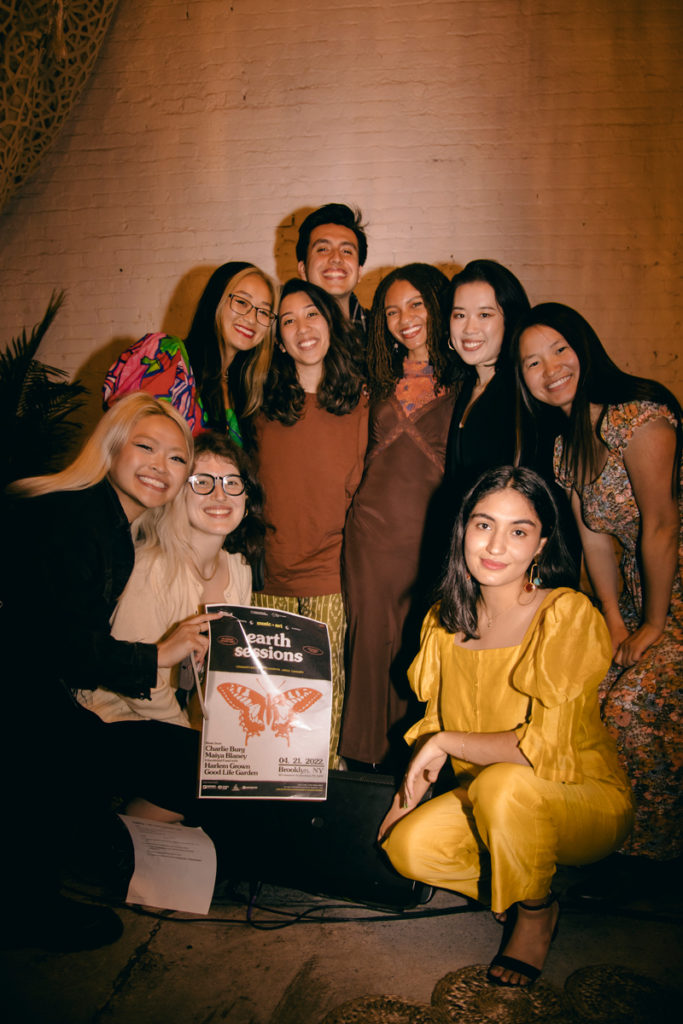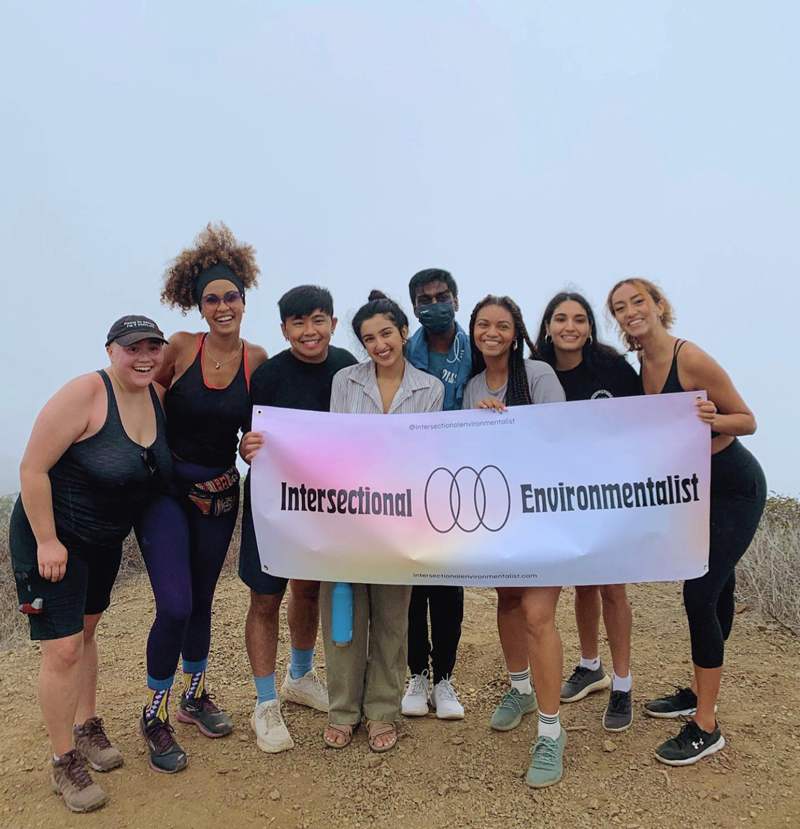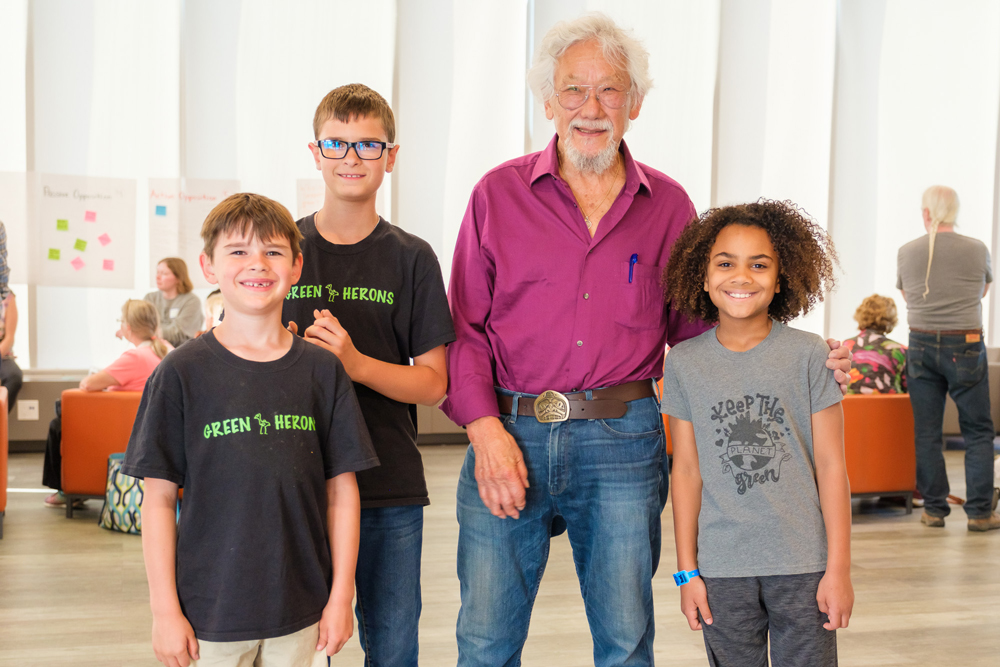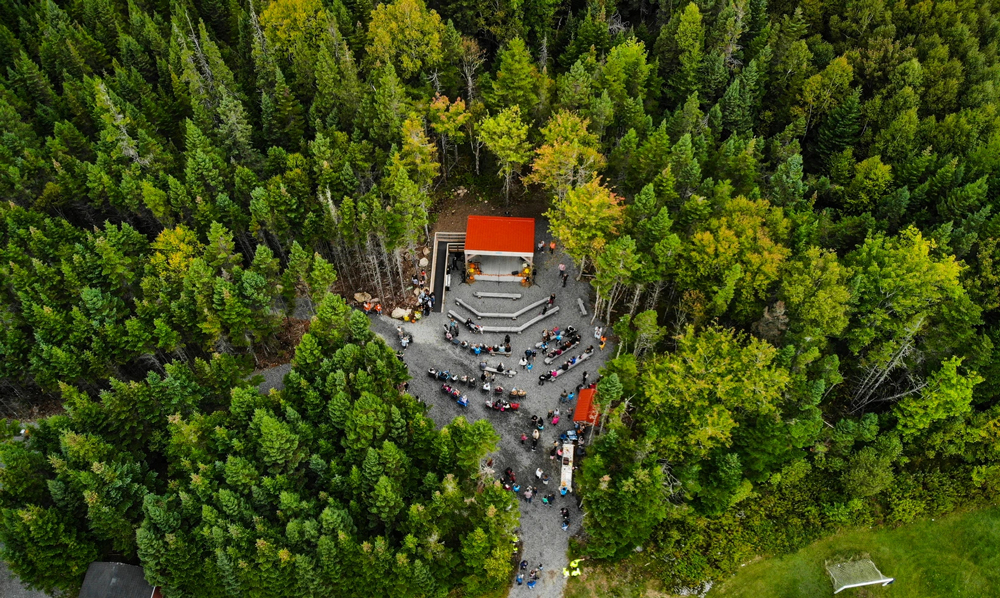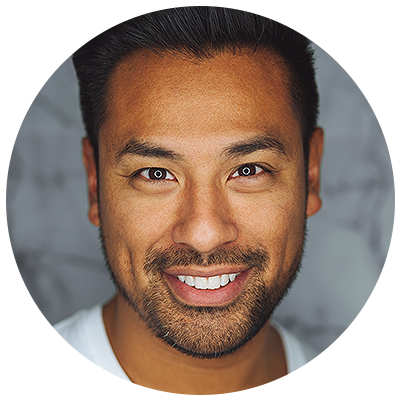Wellbeing Economy, Purpose-Driven Organizations, and Meaningful Work: Making Sustainability Real
By: Dr. Victoria Hurth and Professor Lorenzo Fioramonti
There is increasing fear about the economic, social, environmental, and institutional crises the world faces (also known as the polycrisis), and answers seem to be getting more plentiful, technical, and confusing. So much time is spent debating different strategies (e.g. technologies and policies) to move away from this chaos and achieve sustainability, but we almost always forget to debate and pin down the actual shared goal of sustainability, that is, our ultimate objective. We also overlook the importance of identifying the parameters we want to stick within while achieving this objective. This renders our strategy — hydrogen or electric cars, tax cuts or tax rises — along with the incentives and policies to enact them potentially useless, or worse, counter-productive because it is these two aspects — the objective and parameters — that should set the basis of strategy. If these two core aspects of direction are not clear and not shared, then we may seem to fundamentally disagree when we actually do not. We may just have different ideas about the best way to respond to the challenge (the strategy), while agreeing that the objective and the direction of travel is right. The lack of clear, shared direction also means there is no way to be accountable for success or failure — success can only be judged in relation to achievement of the objective within the parameters.
In other words, without this clarity it just isn’t possible to innovate as a collective, agree on how to judge relative strategic options, and ensure they are carried out. In turn, it isn’t possible to govern. The key functions of governance (ISO 37000) are 1) direction: setting objectives and parameters; 2) oversight: checking if we have achieved the objectives within the parameters; and 3) accountability: are we accountable to significant others for whether we have achieved the objectives within the parameters and what corrective actions will be taken. This is true if you are governing the world, a nation, a company, or even your own life. So, without the direction, the rest is irrelevant: we literally can’t govern well without it.
What is most frustrating is that the world has been silently singing in chorus that wellbeing (the good life/flourishing) is the ultimate outcome we are all after and that the health of the social and environmental systems that we rely on to achieve this objective are the minimum parameters we need to stick to.
Apart from wellbeing for society as a whole being the underlying point of an economy (see the first chapter in almost any economic textbook), this was also the global shared objective brought to us by international leaders with the 1987 Brundtland Report (also known as “Our Common Future”). It summarized an urgent warning about the unsustainable world we were creating and how sustainable development was about ensuring the needs of the current generation were met without jeopardizing the needs of future generations. As satisfying universal human needs underpins wellbeing, what the report set out was that the goal of sustainability was about achieving wellbeing over the long-term and for everyone and not just a few, i.e., long-term wellbeing for all. The report also made clear that our collective long-term wellbeing requires healthy social and environmental systems and that these were being destroyed in the process of what we were calling “development” or “progress.”
Humanity’s planetary-wide crises have only deepened since then. Instead of reminding us that we need to govern very deliberately for sustainability (long-term wellbeing for all within healthy social and environmental systems), we focused instead on the strategy, breaking this into three pillars, or 17 SDGs, and picking off those we could make work within our current economic assumptions. These strategies were never going to work without reminding ourselves and governing specifically at all levels against the objective (long-term wellbeing for all) within the parameters of healthy social and environmental systems.
We are reaching the end game. People are starting to realize that we are at risk of losing what is most precious before we have really clarified what it is.
We believe these crises will continue to deepen unless we can acknowledge en masse that:
1) It is a defunct basis for governing the market economy that is causing unsustainability and that a new market economy needs to be urgently born (or else lose the market economy and end up in a command-and-control reality);
2) We need to govern this new market economy by objectives and parameters that are very specifically aligned with a sustainable future, locking in success; and
3) We know how to bring about and govern this new economy — but we need to come together with far more clarity and unity of voice to make it happen.
The Economy: Humanity’s Operating System
Let’s start from the most basic (and important) question: What is an economy? If you think about it, an economy can be considered an operating system for society. It is the key system we need to govern if we want to take our shared resources and turn them into something useful for society. In particular, the economy is a collective system of role allocation, which sets rules through which certain actors are allowed to access, allocate, and transform common resources. Similar to software or a board game, an economy embeds the objective to be achieved, the parameters for achieving it by defining the roles we play, how to measure the value that is generated, and how to reward participants according to their contributions to “winning.”
However, for some time, and supercharged in the last 50 years, we have the wrong objective and wrong parameters and therefore the wrong strategy. We have assumed that financial income is the core goal — the thing we need to grow, at a household, company, country, and international level — and we have assumed that stocks and flows of financial capital are the most important parameter. Why? Because we assume money is a valid proxy for wellbeing outcomes. We therefore tend to view gross domestic product (GDP), financial profit, and household income as our tickets to a good life, and we have assumed that social and environmental systems, stakeholders, and non-financial forms of capital are limitless and immune to harm.
If we grow financial income, for example by liquidating our planetary and social assets, then we have more “tokens” to purchase our wellbeing via consumer goods and services in the market. The assumption is that more of these goods and services are the best way we can increase our wellbeing and that those companies who are increasing their financial income capture from the market must therefore be doing a good job. Why would we buy their offerings otherwise? These companies also provide jobs, which give us more financial income to purchase that wellbeing. At a national level, we judge governments on how many tokens we have and how much our tokens can buy, which means that governments need to be playing this game better than other countries, and GDP and “economic growth” become the anchor that political success is tethered to. Worse, governments are complicit in leading society into this false belief that financial income and wellbeing are good proxies, hence when it comes to who to vote for we are already primed to favour governments that measure up to this view.
In this comfortable abstraction from reality, we have forgotten to check if financial income really is a good proxy for our collective long-term wellbeing and whether or not we were regenerating or depleting the health of the systems we rely on for it. Of course, we are now starting to be force-fed the answer through daily reports of existential threats to humanity’s ability to thrive, or even survive on planet Earth.
So, from a macro perspective, what is needed is a shift from the current national and global operating systems — that dictate that financial income is the most valuable outcome which automatically results in long-term wellbeing for all and where the resources we rely on for this are unaccounted for — to a new operating system. A new market economy. A Wellbeing Economy. This economy has high-quality governance at its heart. Stakeholders within it clearly and accountably optimize long-term collective wellbeing (sustainability) and do this while ensuring the health of collective social and environmental assets, stakeholders, and non-financial capital that result from them. Why should actors be given the right to take up precious resources on behalf of the collective if they can’t prove they are innovating for something valuable and that they aren’t asset-stripping these resources in the process?
While setting out the macro level governance of the economy is core, it remains a set of well-thought-out policy intentions unless these intentions are made real with governance within organizations — and that includes all types of organizations: charities, companies, community groups, and government as an organization. This organizational governance mirrors the macro level by being directed toward long-term wellbeing for all (sustainability) as the goal and setting organizational-level parameters that ensure the organization operates within the thresholds of healthy systems, stakeholders, and capital.
Through this system of macro and meso governance, we can also actively address the other big mistake we have made: assuming that, at a micro level, humans are primarily financially-oriented. This fits the existing operating system but represses the fact that we are purposeful creatures seeking meaningful lives and that we know this meaning is primarily derived from feeling like we have made other’s lives better, like picking up a pencil or opening a door for someone and feeling that “warm glow.” So, as Daniel Pink and others set out, while money — always a means to tangible ends — is a known motivator, purpose is a far more powerful one. It is this powerful and relatively untapped energy source that purpose-driven organizations unlock while operationalizing the Wellbeing Economy. Therefore at the micro-level, in the Wellbeing Economy, and made real by purpose-driven organizations, we find fully empowered human beings who perform a wide variety of roles in society. In this vein, and as many have argued over the years, the very concept of work needs a new definition to embrace all forms of value-generating activities, including volunteering, caring, community participation, ecosystem preservation, etc., which have wrongly been relegated to the uneconomic realm by previous approaches.
Sustainability Unleashed and Unsustainability Stopped
In the new market-based operating system, value that contributes to this objective within the parameters is deliberately generated through pursuits at different levels and through multiple pathways. All optimal strategic routes to long-term wellbeing are debated and pursued, like the regenerative approaches to sequestering carbon dioxide through well-considered habitat restoration, or moving to open data practices to restore trust, or raising the minimum wage. These may, or may not, require intermediary financial transactions and the need to create stocks of financial capital and growth in material throughout or at the level of financial transactions. While it is fairly certain that healthy stocks and flows of financial capital will always have a central role to play in investing in long-term wellbeing for all, meeting the expectations of stakeholders, and paying the bills, what exact role needs to be fully questioned.
In this new economy, growth of financial activity as a marker of success is no longer measured in terms of stuff we produce and consume regardless of the wellbeing impact. Instead, we measure and drive growth in terms of wellbeing for all and achieving and maintaining the health of the systems, stakeholders, and multi-capital that underpin it for future generations. This means the idea of “value” and “value creation” can have real substance, anchored to what we really care about. With a new definition of value, anchored to long-term wellbeing for all, (sustainability), the idea of “profit” in a Wellbeing Economy would be completely reimagined. No longer limited to financial outputs, profit must equate value-generation at multiple levels and in a multiplicity of forms socially, environmentally, institutionally, and in relation to the ends and resources that really matter.
The nested governance model that we propose can be summarized in the two illustrations below — a clear and sharable (please share freely!) expression of the task we need to undertake if we have a chance of achieving a “sustainable” market economy. And we say “market” economy deliberately. We are pretty sure we need the efficiency, freedom, and democratizing effects of a functioning market economy to address the urgent issues we face and to optimize wellbeing going forward.
The first diagram summarizes the necessary transition between the current financial growth economy, in other words, the unsustainable business-as-usual (BAU) market economy, and a Wellbeing Economy, in other words, the sustainability-centred market economy. We believe that, unless we are successful at building this new market economy, held in place through a new governance model then, as the unsustainability crises compounds, we may very quickly see the collapse of markets and some form of command-and-control operating system, which has proven so many times to be ineffective. Just think how easy it was for us to be persuaded to give up market freedoms when the COVID-19 pandemic hit.
Unpicking the Meso Level
This second diagram is an adapted Daly Triangle and bridges the Wellbeing Economy (the whole triangle) to the practical detail of the three major worldviews/organizational “logics” that structure governance and therefore decision-making in organizations in real-time. These logics therefore frame the outcomes and impact that can be achieved by an organization. This is an adaptation of the great work of Herman Daly and subsequently of Donnella Meadows. In emails with Herman Daly the week before he sadly passed, he was very supportive of the work and the bridging of the macro (that he and Donella Meadows focus on with the triangle) with the meso-level of purpose-driven organizations.
LOGIC 1
In the middle of the triangle is the current BAU financial income-focused economy and associated organizational governance. Here the objective of the economy, and organizations, is financial capital accumulation, and what we ask them to spend most time protecting as a means to this end is stocks and flows of financial capital. We have constrained the basis of governance direction to intermediary ends and means. This means strategy is constrained within this, as are the core governance functions of oversight and accountability. This puts the proper innovative goal of long-term wellbeing for all out of sight, and, in fact, off limits because the BAU market economy puts the health of the values shared resources “off balance sheet.”
If you keep expanding such a global system — one that is governed to innovate for self-interested financial value capture fuelled by the wanton liquidations of shared assets, then it is easy to see why we have ended up with an existential threat to long-term wellbeing for all (unsustainability). What is most toxic is that if you are trapped in this way of viewing the world it isn’t easy to change the “investment case” and find a different reason to innovate for a sustainable future. The only arguments that “cut it” are those you can prove are alleviating a threat to short-term financial interest.
LOGIC 2
Given how hard and fast the unfolding social and ecological instability is revealing itself, some governments and organizations are moving to a state of long-term enlightened self-value (ESV). While financial self-interest remains the overarching objective, the governance parameters for decision-making are, in effect, broadened to encompass the health of social and environmental systems, stakeholders, and the health of stocks and flows of non-financial capital.
This longer-term self-interest allows for a change in the investment case to divert funds that would otherwise be extracted or reinvested for more financial extraction to instead be used to bolster the health of stakeholders, employees, or ecosystem regeneration, for example. This is essentially a “do no harm” approach to a sustainable future. Making a case to invest because the long-term financial interest of the company is ensured because harm to the underlying assets is reduced is one thing, but innovation that actively solves unsustainability? There is no real basis for this. These organizations are therefore partially aligned to a sustainable future. Given how far degraded a whole range of social and environmental systems are, moving business models into a place where they really can claim to “do no harm” is far, far harder than most organizations realize and requires a level of innovation and energy far beyond where we are now.
While the move to ESV has been the major thrust of late (think ESG), we believe we need to be much bolder if we are going to avert the threats we face — and optimize the benefit possible. This is because these ESV organizations still filter their decisions against the goal of financial self-interest. This constrains the ability to innovate, collaborate, and harness the deep motivations of human stakeholders. They may be moving toward doing no harm, but will they get there and what opportunities to solve the desperate threats to long-term wellbeing for all will be forfeited in the process?
LOGIC 3
This is where the logic of purpose-driven organizations comes in — as the aligned vehicle for achieving the Wellbeing Economy. By focusing governance directly on the end goal of the economy — long-term wellbeing for all, purpose-driven organizations, and the Wellbeing Economy they service, in effect, reject the specific assumptions of the BAU market economy. Rather than relying on a BAU economy to auto-produce collective long-term wellbeing — there is active governance of this and the health of the parameters to achieve it. This means that innovation is untethered from static assumptions like the role of organizations in society, who constitutes reasonable partners to collaborate with and what counts as success. Core concepts of the economy like competition law and fiduciary duty can be actively and wisely rewritten to be “fit for purpose.” GDP and financial profits become one partial means to that end and other forms of value-creation become equally or more important. Certainly, helping liquidate one form of value (like an ecosystem) and turning it into financial capital could not be counted as organizational success.
In summary, we know where we have gone wrong, and we know how to fix it. The answer lies in good governance: setting objectives and parameters that are aligned to a sustainable future and adjusting all the “rules of the game” so that we achieve this. This will also enable us to ensure we can collectively judge the most effective strategies of economic and social development, allowing all different players (governments, businesses, and citizens) to collaborate for shared outcomes within shared clear parameters that protect our most precious resources.
The core issue is that we just haven’t been able to say this loudly and clearly. BAU is so powerful and embedded in our cultural subconscious that it is easy to doubt that a new way is possible. What would change this? Co-creating multi-stakeholder clear standards that put the collective view of the new governance needed onto paper, allowing for clarity of direction and the ability to oversee and hold ourselves accountable for these new practices. In this respect, the world now has a catalyst moment to co-create the governance frame to align action and drive accountability for the Wellbeing Economy. The first national standard in purpose-driven organizations, “PAS 808:2022 Purpose-driven organizations. Worldviews, principles and behaviours for delivering sustainability” is very likely to be put forward to be developed as an international standard (ISO), the world’s most highly developed multi-stakeholder consensus-building process. This a chance to unite the field via the 170 national member bodies that make up ISO, and hence their engaged citizens who can feed into and co-own the outcome. Through the ISO process, we move from talking (often obscurely) to engaging and testing views in a fair and action-oriented way.
If you agree with the problem and the solution we set out and want to make it reality, then please freely share the material we have laid out and speak to your national standardization body to find out how to get involved!
Dr. Victoria Hurth is a global expert; thought leader in sustainability, ESG, and purpose governance; and Cambridge Institute for Sustainability Leadership Fellow.
Professor Lorenzo Fioramonti is the Founding Director of the Institute for Sustainability at the University of Surrey (UK), a member of the Club of Rome, and a former member of Parliament and Minister of Education, University, and Research in Italy.
This story was featured in the Make The World Better Magazine:
